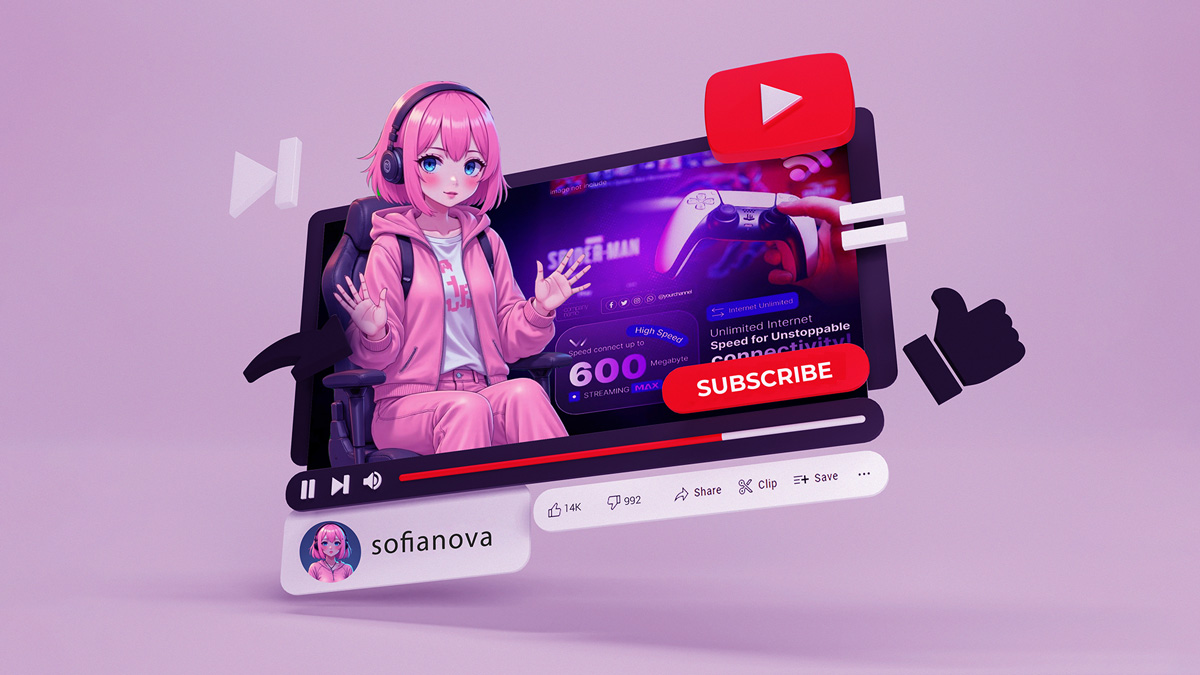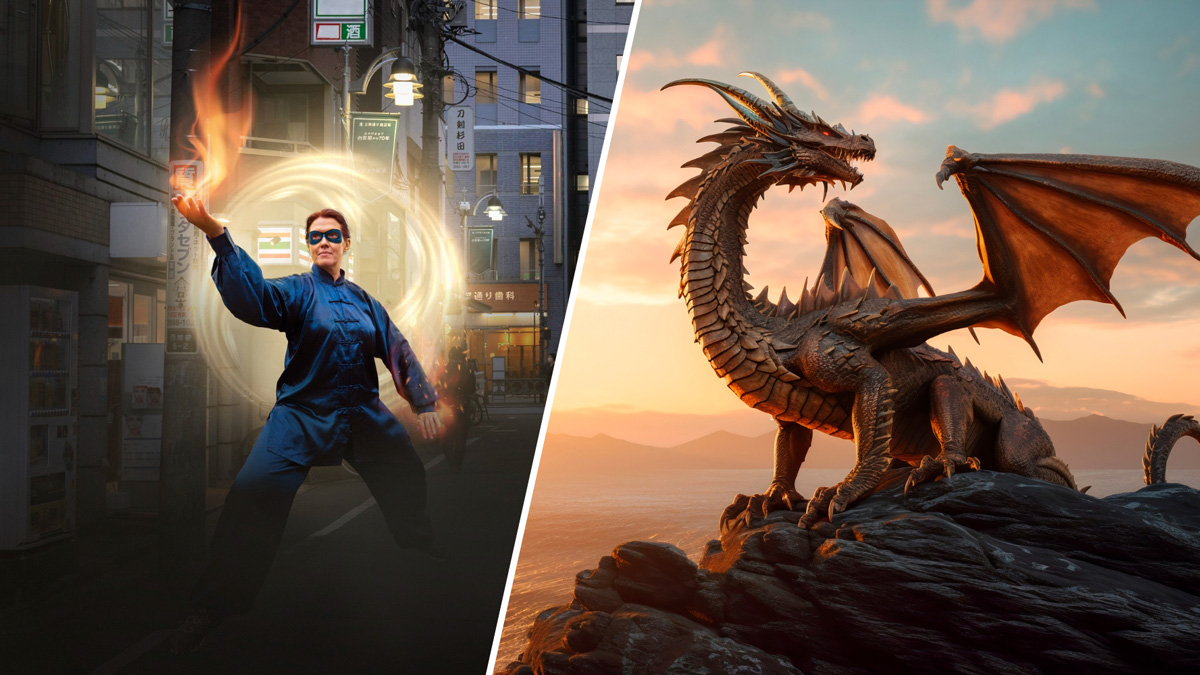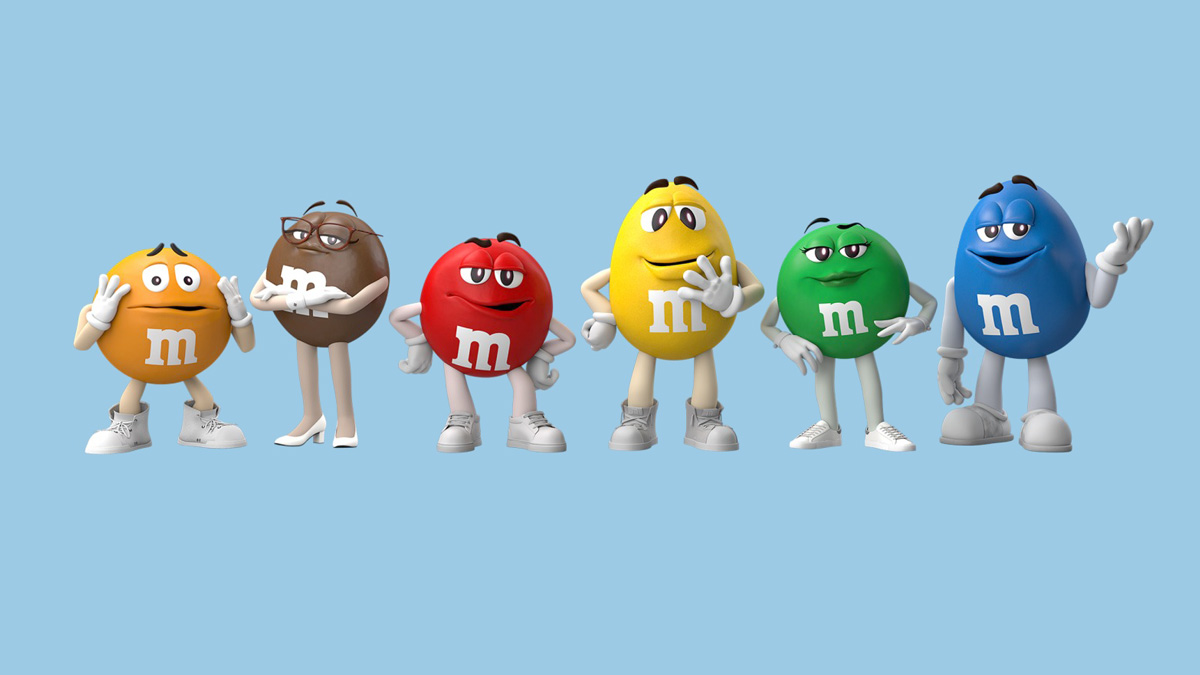
In recent years, explainer videos have become the go-to way to share information—not just on websites and social media but also on TV and other ads. Why are they so popular? Because they simplify complex ideas into bite-sized, engaging content! A video can explain in 1–2 minutes what would take 20 minutes to read.
But what exactly makes them so effective? Explainer videos are great for boosting understanding and engagement, and they make learning fun. They break down key features of a product, service, or concept in an entertaining and visually appealing way. As a powerful tool for businesses, they help communicate ideas clearly and leave a lasting impression.
In this blog, I’ll explain what explainer videos are, how to make them, and why they’re essential for marketing success.
What is an Explainer Video?
Explainer videos are concise, engaging videos designed to explain a concept, product, or service clearly and simply. Typically lasting between 30 seconds to 2 minutes, these videos break down complex ideas into digestible formats that can be easily understood by viewers. They often employ various visual techniques, including animation, motion graphics, and live-action footage, to captivate audiences and convey information effectively.
While businesses have been using videos to explain things for years, the term “explainer video” really took off in the late 2000s.
For example, take DollarShaveClub.com – Our Blades Are F**ing Great*..
They’re usually made with animations, motion graphics, or even live action. A typical explainer video follows a clear structure: it presents a problem, introduces a solution, and highlights the benefits—all in a visually engaging way.
Because of their simplicity, they tend to be short—ranging from 30 seconds to 2 minutes—depending on the platform and complexity of the topic.
Now that we understand what explainer videos are, let’s take a step back and explore their early influences.
Key Characteristics
An effective explainer video typically possesses several key characteristics:
- Short and Focused: The content gets straight to the point without unnecessary fluff.
- Clear Messaging: It avoids jargon and complex terms, making the message accessible to all.
- Engaging Visuals: Whether through animation or live-action, visuals play a crucial role in keeping viewers interested.
- Storytelling: A relatable narrative often precedes the solution being offered, making it easier for viewers to connect with the content.
- Call to Action: A strong ending encourages viewers to take action, whether it’s visiting a website or signing up for a service.
The Evolution of Explainer Videos
Whiteboard Animations (2007)
Back in April 2007, UPS rolled out a series of whiteboard animation videos to explain their services. A narrator would draw on a whiteboard to break things down visually, making complex ideas easier to understand. This trend laid the groundwork for using simple visuals to enhance explanations.
Common Craft’s In Plain English Series (2007-2008)
Around the same time, a Seattle-based company called Common Craft launched the In Plain English series. They used paper cut-outs and simple narration to explain new tech like RSS feeds and wikis. Their 2008 video,Twitter in Plain English, even played a big role in getting more people to use Twitter.
The Rise of the Term “Explainer Video”
At first, people didn’t really use the term explainer video. That changed in November 2009 when Common Craft made a video for Dropbox. The video was a massive success and helped Dropbox gain widespread attention, inspiring more businesses to use similar videos. By 2011, “explainer video” had become a widely recognized term in marketing and education.
With explainer videos becoming a popular tool, the next question is: what makes a great one?
How Explainer Videos Differ from Other Video Content
Explainer videos stand out because their main goal is to simplify complex ideas quickly and engagingly.
Example:
Imagine two videos about a finance management app:
- Ad Video: A cinematic clip with exciting music and a bold statement like“Take control of your finances! This app makes everything easier!”—but it doesn’t actually explain how it works.
- Explainer Video: Right from the start, it presents a problem—“Always running out of money at the end of the month and not sure where it went?” Then, it offers a clear solution—“Our app automatically categorizes your expenses, helping you manage your budget effortlessly.” It then walks you through three simple steps, making the message clear and actionable.
Now that we see what makes explainer videos unique, let’s dive into why businesses love using them.
Why Businesses Use Explainer Videos
When people need to get to know a business or a product, they usually look for the simplest and quickest version of the tale. Here’s why explainer videos work so well for your business:
They simplify complicated topics
A software company could explain a complicated function of a tool with a short, simple explainer video in just a few seconds!
They build customer trust
Using an explainer video to introduce or explain your business or product in a transparent and engaging way will build the foundation of trust with your customers. In this way, people invest in the business’s honesty and wouldn’t think you’re just here to sell them your product. You’re actually helping them through making the right decision by making all information available.
They save time and costs on explanations
Imagine responding to the same questions through emails and social media interactions on a daily basis. This could tire you out and may not be that useful and effective in the end. This will cost you a considerable amount of time and human resources. For example, instead of explaining how your product works and why it’s beneficial every day to different people, just have an explainer video for the customers to refer to whenever they need it.
They are more engaging than text and images
Consider this blog. Wouldn’t it be more engaging if I talked to you through a video? For sure. Naturally, watching videos is more engaging than just reading a long text. Even images can’t compete.
They are highly shareable
People like to share what they enjoy. So when they like a video, they would probably share it with their friends. This could advertise your brand and product easily across multiple social media platforms.
They deliver the brand message effectively
A brand could use an explainer video to convey its message and values more effectively than just putting it through a text. For example, an eco-friendly company could convince customers why they are supporting the environment by producing certain types of environmentally friendly products.
But what type of explainer video should you choose? Let’s explore the different styles available.
Different Types and Best Examples
Different businesses use different types of explainer videos based on what they want to say and how they want to get people interested. These are the most popular types:
2D Animation
A simple cartoon-style video with flat characters and backgrounds—no depth, just like classic cartoons. It’s great for explaining products or services.
3D Animation
More advanced, with realistic objects and characters. It includes depth, lighting, and camera movements, making it perfect for high-end products, complex technology, or premium ads.
Motion Graphics
A mix of moving shapes, icons, and text, perfect for explaining data, information, or services in a modern way. It has a clean and professional look.
Whiteboard Animation
Looks like someone is drawing on a whiteboard while explaining. Mostly black-and-white and simple, but very engaging. It’s often used for educational content or step-by-step explanations.
Live-Action
Live-action uses real people and real-world footage instead of animation. It feels more personal and relatable, making it great for storytelling and connecting emotionally with viewers.
Screencast
A recording of a computer or mobile screen, best for software tutorials, app demos, or website walkthroughs. It usually includes voiceover instructions.
Kinetic Typography
Kinetic typography features moving text with animations to highlight key messages. It’s often combined with background music for an energetic feel, making words more engaging and dynamic.
Stop-Motion
Stop-motion is made by moving objects frame by frame, like clay animation. It’s time-consuming but very artistic and unique, giving the video a handmade, creative feel.
Cutout Animation
Cutout animation looks like paper cutouts moving around. It’s simple and playful, similar to picture books, making it ideal for fun, minimalistic, or vintage-style videos.
Infographic Animation
Infographic animation features animated charts, statistics, and data visuals. It makes boring numbers look exciting and easy to understand, making it common in business and educational videos.
How We Make an Effective Explainer Video
Explainer video production is a great way to communicate your message simply and engagingly. If you need a clear and effective introduction for your product or service, Dream Farm Agency can help you achieve the best results.
1. Defining the Goal and Understanding the Audience
The first step is to define what your video is meant to achieve. Are you introducing a new product, explaining how your services work, or offering a solution to a common problem?
Once you have a clear goal, it’s time to understand your audience. Who are you creating this video for? If it’s for everyday consumers (B2C), the tone should be friendly and engaging. But if you’re targeting businesses (B2B), a more professional and technical approach works better. At this stage, you need to develop an audience persona—figure out their challenges, interests, and what type of content would resonate most with them.
2. Writing the Script
A strong scenario is the backbone of a great explainer video. This is where you figure out how to deliver your message in the most engaging and simple way.
A good scenario should be:
- Brief, clear, and interesting
- Focused on defining a problem
- Introducing a solution
- Explaining why your solution is the best
The best way to do this? Storytelling. Instead of just throwing out facts, create a story where your audience can see themselves. Keep the tone aligned with your audience, use simple and direct sentences, and make sure to start strong. If you don’t grab attention in the first five seconds, chances are they’ll click away.
3. Choosing the Right Video Style
Once the scenario is set, the next step is choosing the right style. This depends on three key factors: budget, target audience, and the type of business. You have been introduced to some of the most common styles above. You now know their traits and what they are best for.
Each style has it’s own advantages and disadvantages, and we’re here so you can make the best choice for your explainer video.
4. Creating the Storyboard
A storyboard is like a roadmap for your video. At this stage, we’ll plan out what should be shown in each frame. This helps visualize the overall look and ensures everything is clear before production begins.
In a storyboard, we’ll define how characters should look, how they move, and what text and voiceover will be used. This ensures everything is planned out before production starts.
5. Design & Animation
With the storyboard ready, the design team will start creating characters, backgrounds, and other visual elements. Whether it’s a simple animation or a high-end CGI video, this process relies heavily on creativity and a deep understanding of the brand. Once the initial designs are set, animators will bring everything to life through motion. You can learn more about this process at 3D Animation Pipeline.
6. Professional Voiceover
A good voiceover can make a huge difference. It should feel natural and match the video’s tone and message. A dull or out-of-sync voiceover can ruin the entire experience. That’s why we choose the voice actor based on the brand and target audience.
7. Adding Music & Sound Effects
A good background music track can take your video from ordinary to professional. The music should match the tone and feel of the video—for example, a calm, educational video works best with soft music, while a high-energy brand needs something faster and more exciting. Adding sound effects like clicks, movement, or scene transitions can also enhance the video’s overall appeal.
8. Final Editing & Composition
This stage brings everything together. Visual effects, text, voiceover, and music are combined to create the final output. One of the key tasks here is fine-tuning the timing and syncing audio with visuals to ensure a smooth and seamless video.
9. Review & Refinements
After the video is completed, it needs to be reviewed to fix any issues. This stage usually involves adjustments like color correction, improving audio-visual sync, or removing unnecessary parts. Testing the video with team members or even a small group from the target audience can also help gauge its effectiveness.
10. Publishing & Promotion
Once the video is ready, it’s time to publish it strategically for maximum impact. This includes:
- Uploading it on your website and landing pages
- Sharing it on YouTube, Instagram, LinkedIn, and other social media platforms
- Using paid ads to boost visibility
- Sending it through email marketing to reach potential customers
Up next, I’m going to introduce one of our own sample projects.
Explainer videos make things simple, engaging, and easy to understand. That’s why businesses love them—they save time, build trust, and get results.
But a great explainer video isn’t just about nice visuals. It’s about telling a story that actually connects with people. And with new tech like AI and interactive videos, they’re only getting better.
If you’re not using them yet, you’re missing out. And if you are, why not take them to the next level? Explore our works page and contact Dream Farm Agency for the services discussed!

HosseinDigital Marketing Expert



